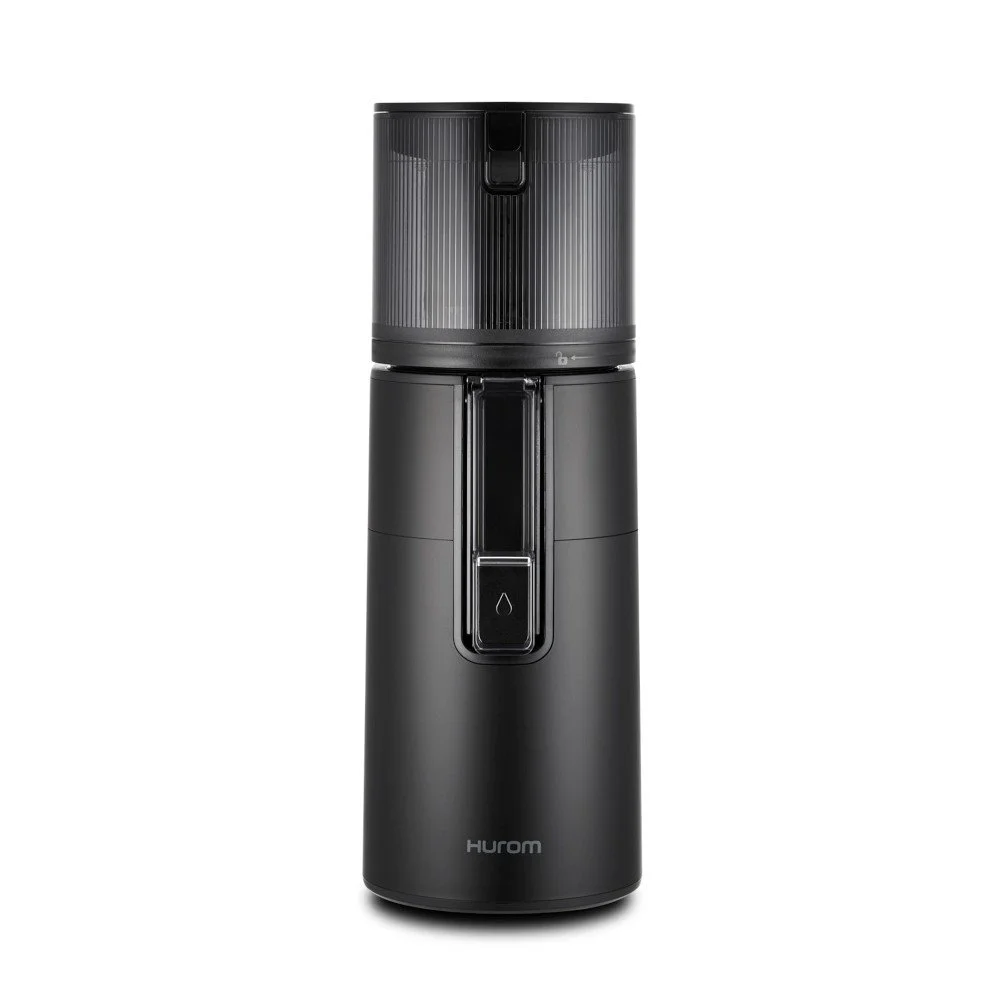The Benefits of Juicing: A Simple Path to Vibrant Health
The Power of Juicing: A Simple Path to Vibrant Health
By Brooke Brimm | Vegan Soul Foodie
Juicing has become a popular practice for incorporating a concentrated boost of fruits and vegetables into your diet with ease and convenience. By extracting the liquid from fresh produce, juicing provides a nutrient-dense beverage that delivers vitamins, minerals, and antioxidants in a highly absorbable form.
The Benefits of Juicing Fruits and Vegetables
Juicing allows you to consume a variety of fruits and vegetables in large quantities without feeling overly full. This practice can enhance hydration, increase nutrient intake, and support digestion and detoxification processes. Juices are quickly absorbed by the body, making it easier to feel energized and revitalized. They’re also a great way to introduce more greens and other nutrient-rich produce into your day, especially for those who find it challenging to eat enough whole fruits and vegetables.
Nutritional Highlights: Kale, Grapes, and Oranges
Kale
Kale is a superfood powerhouse loaded with vitamins A, C, and K, along with essential minerals such as calcium, potassium, and magnesium. It’s also rich in antioxidants and fiber, which support heart health, bone strength, and anti-inflammatory effects. Kale’s chlorophyll helps detoxify the body and promotes glowing skin.
Grapes
Grapes are an excellent source of vitamins C and K, as well as antioxidants like resveratrol, which is known to improve heart health and provide anti-aging benefits. They also offer hydration through their high water content and may support immune function and cognitive health due to their polyphenol compounds.
Oranges
Oranges are famously high in vitamin C, essential for immune support, collagen synthesis, and skin vitality. They contain natural sugars for quick energy and fiber for digestive health. Oranges also deliver flavonoids that have anti-inflammatory and antioxidant properties.
Nutrition and Convenience of Juicing
Juicing provides a convenient way to harness the nutrients from raw fruits and vegetables without the need for extensive preparation or cooking. It makes dense nutrition more accessible, especially for busy lifestyles. With a quality juicer, you can create fresh juices in minutes, enjoying the full spectrum of vitamins and enzymes that might otherwise be lost through cooking.
Best Methods to Store Fresh Juices
Green Kale Juice Juiced in Hurom Juicer
Fresh juice is best consumed immediately to maximize nutrient retention, but if you need to store it, keep it in an airtight glass container, filled to the brim to limit oxidation. Refrigeration at 38-40°F helps slow nutrient degradation. Typically, fresh juice can stay fresh for up to 24-48 hours. For best flavor and nutrition, consume as soon as possible.
The Versatility of Juicing
Juicing is incredibly versatile—you can tailor blends to your taste preferences and nutritional needs. Whether you crave something sweet, tangy, or green and earthy, the combinations are endless.
Here are a few examples of delicious and balanced juice mixes:
Green Cleanser: Kale, cucumber, celery, green apple, and lemon
Citrus Sunshine: Orange, carrot, ginger, and pineapple
Berry Blast: Grapes, strawberries, blueberries, and a splash of lime
Sweet Detox: Beetroot, kale, apple, and orange
Refresh Mint: Watermelon, grape, cucumber, and fresh mint leaves
Juicing is an excellent practice to diversify nutrient intake while keeping it simple and refreshing. Experiment with colors, textures, and flavors to find your favorite blends and enjoy the health benefits that come with every glass.
Stay vibrant and nourished!
— Brooke Brimm
Vegan Soul Foodie



